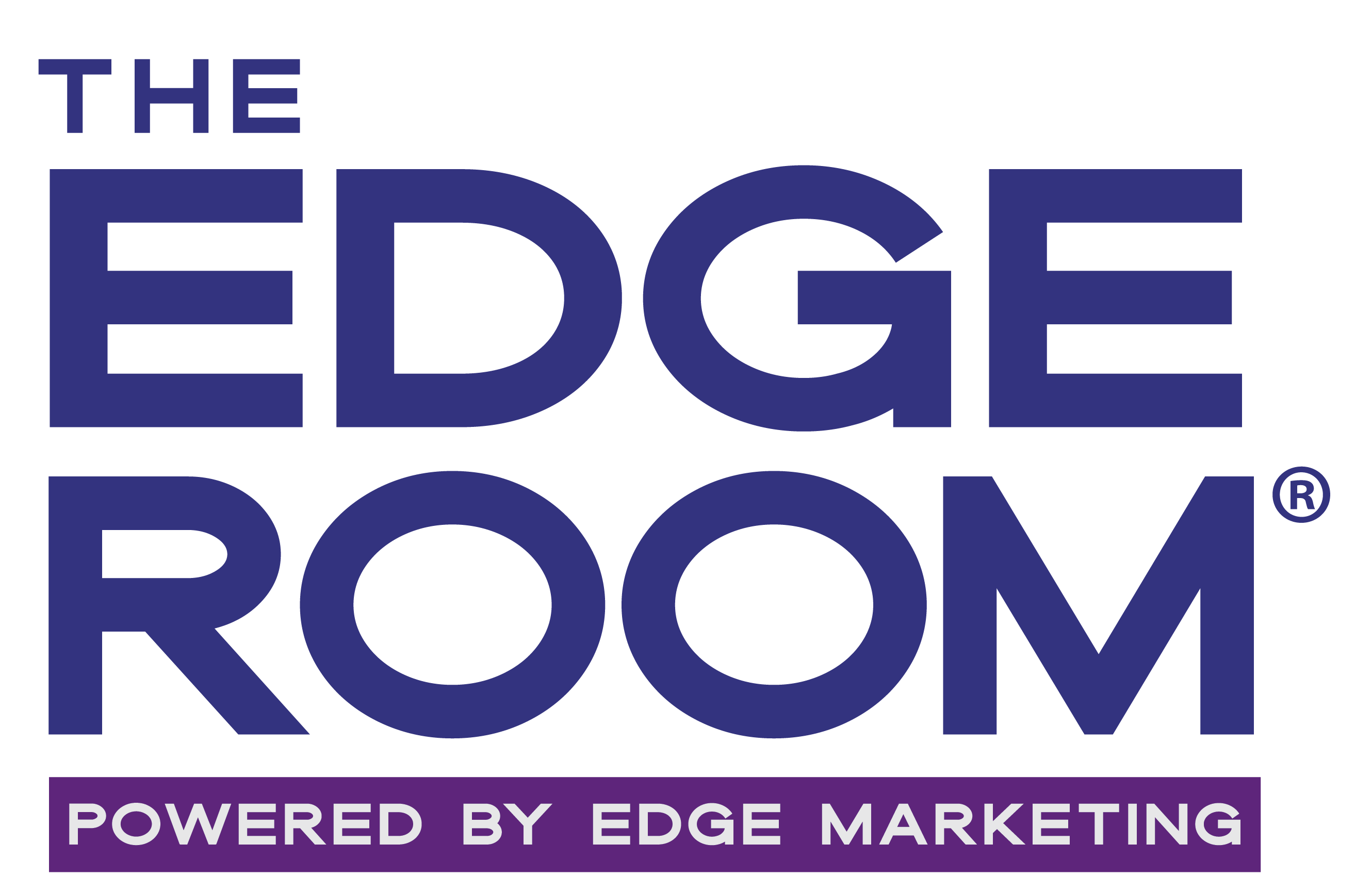https://www.theedgeroom.com/wp-content/uploads/2025/01/the-edge-room-logo-final.png
0
0
julianna.elsabeh@seratos.com
https://www.theedgeroom.com/wp-content/uploads/2025/01/the-edge-room-logo-final.png
julianna.elsabeh@seratos.com2025-04-07 12:57:052025-04-07 12:57:05Law Firms Are at a Tipping Point: AI, Data Risk, and the Urgent Need for Strategic Transformation
https://www.theedgeroom.com/wp-content/uploads/2025/01/the-edge-room-logo-final.png
0
0
Clinton.Cannon@knowable.com
https://www.theedgeroom.com/wp-content/uploads/2025/01/the-edge-room-logo-final.png
Clinton.Cannon@knowable.com2025-04-03 08:02:312025-04-03 08:02:31Knowable Launches Revolutionary “Ask Knowable” AI Suite, Serving Elegant Answers Quickly and Securely
https://www.theedgeroom.com/wp-content/uploads/2025/01/the-edge-room-logo-final.png
0
0
daryl@intellek.io
https://www.theedgeroom.com/wp-content/uploads/2025/01/the-edge-room-logo-final.png
daryl@intellek.io2025-04-02 07:58:312025-04-02 07:58:31Leading the Change: How Training Powers Transformation in Legal Technology - Intellek
https://www.theedgeroom.com/wp-content/uploads/2025/01/the-edge-room-logo-final.png
0
0
hana.salihu@belt.io
https://www.theedgeroom.com/wp-content/uploads/2025/01/the-edge-room-logo-final.png
hana.salihu@belt.io2025-03-27 09:27:012025-03-27 09:28:32Taking control of hybrid work
https://www.theedgeroom.com/wp-content/uploads/2025/01/the-edge-room-logo-final.png
0
0
daryl@intellek.io
https://www.theedgeroom.com/wp-content/uploads/2025/01/the-edge-room-logo-final.png
daryl@intellek.io2025-03-26 12:18:372025-03-26 12:18:37Level up your LegalTech game with a whole free month of access to Intellek SkillsHub!
https://www.theedgeroom.com/wp-content/uploads/2025/01/the-edge-room-logo-final.png
0
0
aemmans@ediscoveryai.com
https://www.theedgeroom.com/wp-content/uploads/2025/01/the-edge-room-logo-final.png
aemmans@ediscoveryai.com2025-03-26 12:14:282025-03-26 12:14:28New AI Technology
https://www.theedgeroom.com/wp-content/uploads/2025/01/the-edge-room-logo-final.png
0
0
hana.salihu@belt.io
https://www.theedgeroom.com/wp-content/uploads/2025/01/the-edge-room-logo-final.png
hana.salihu@belt.io2025-03-26 12:07:122025-03-26 12:07:12Effective hybrid work management: Discover a new solution that balances remote visibility and in-office control for law firms.
https://www.theedgeroom.com/wp-content/uploads/2025/01/the-edge-room-logo-final.png
0
0
liz@lwprconsulting.com
https://www.theedgeroom.com/wp-content/uploads/2025/01/the-edge-room-logo-final.png
liz@lwprconsulting.com2025-03-26 11:52:402025-03-26 11:52:40Reveal's Onna Platform Joins Logikcull in European Expansion as India, Kosovo 'Centers of Excellence' Drive Continued Innovation
https://www.theedgeroom.com/wp-content/uploads/2025/01/the-edge-room-logo-final.png
0
0
kim.jones@welocalize.com
https://www.theedgeroom.com/wp-content/uploads/2025/01/the-edge-room-logo-final.png
kim.jones@welocalize.com2025-03-26 08:19:352025-03-26 08:19:35Park IP, a Welocalize Company, Launches Legal Studio to Transform Multilingual Filing Workflows
https://www.theedgeroom.com/wp-content/uploads/2025/01/the-edge-room-logo-final.png
0
0
dawn.girard@imanage.com
https://www.theedgeroom.com/wp-content/uploads/2025/01/the-edge-room-logo-final.png
dawn.girard@imanage.com2025-03-25 11:31:532025-03-25 11:31:53iManage uses Microsoft Co-Authoring to unlock smarter, more efficient collaboration





